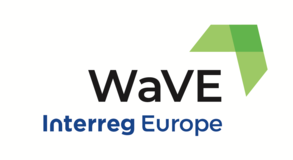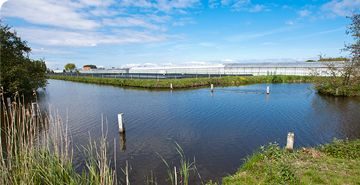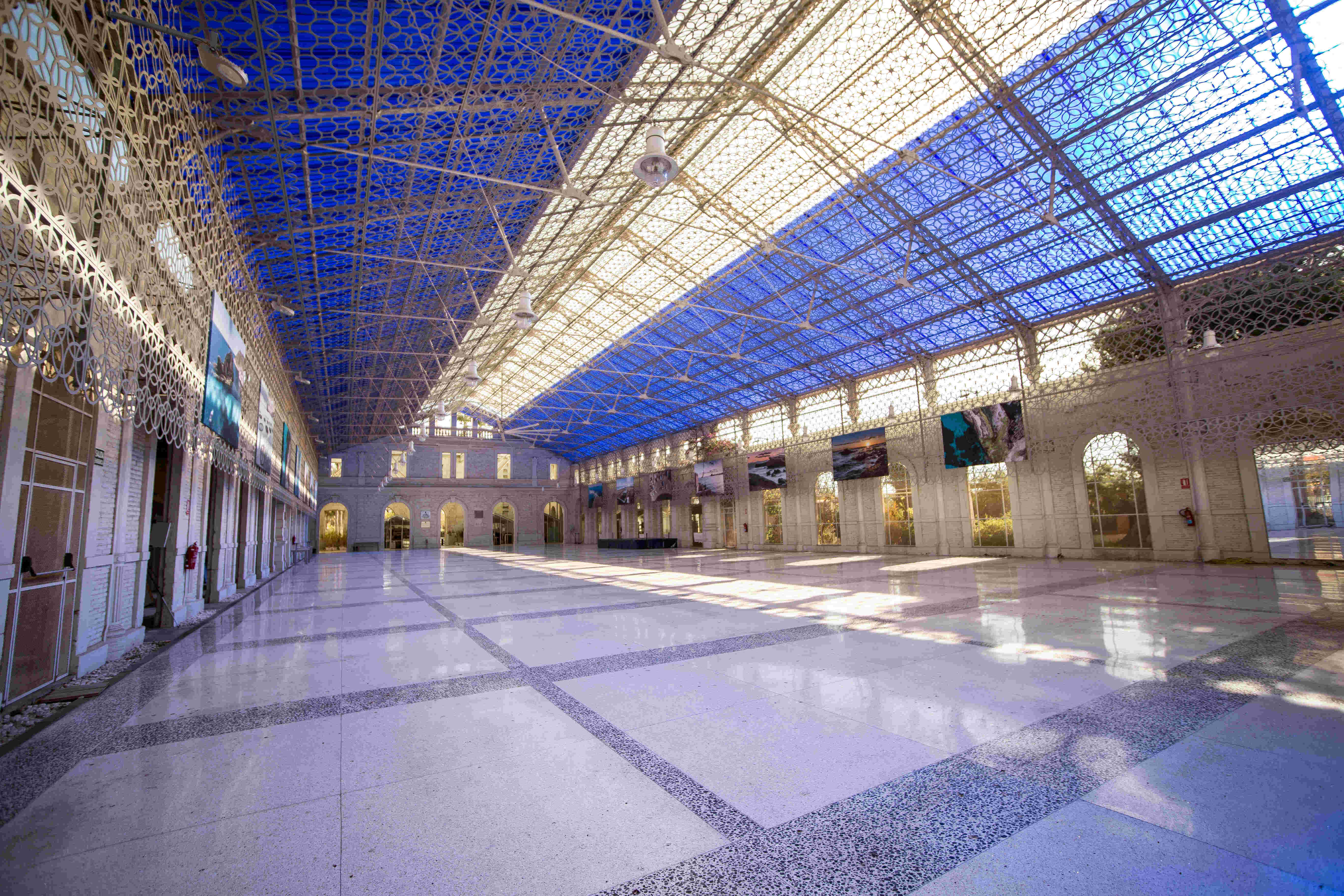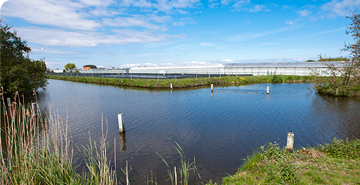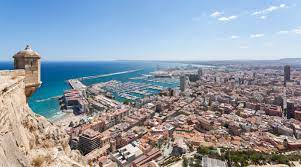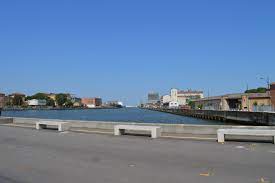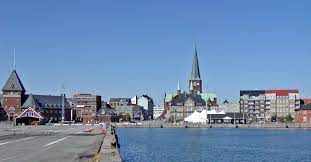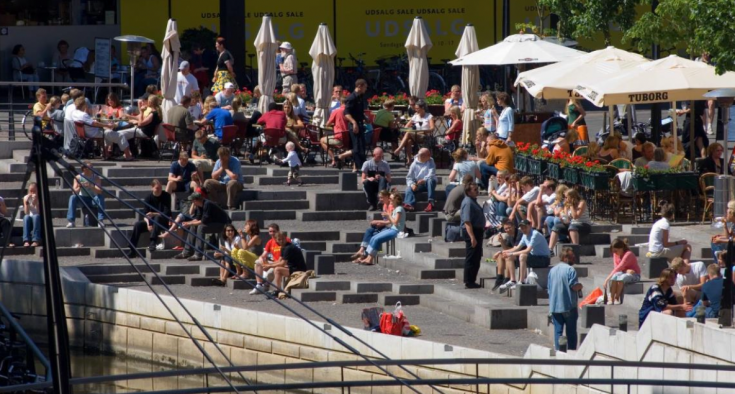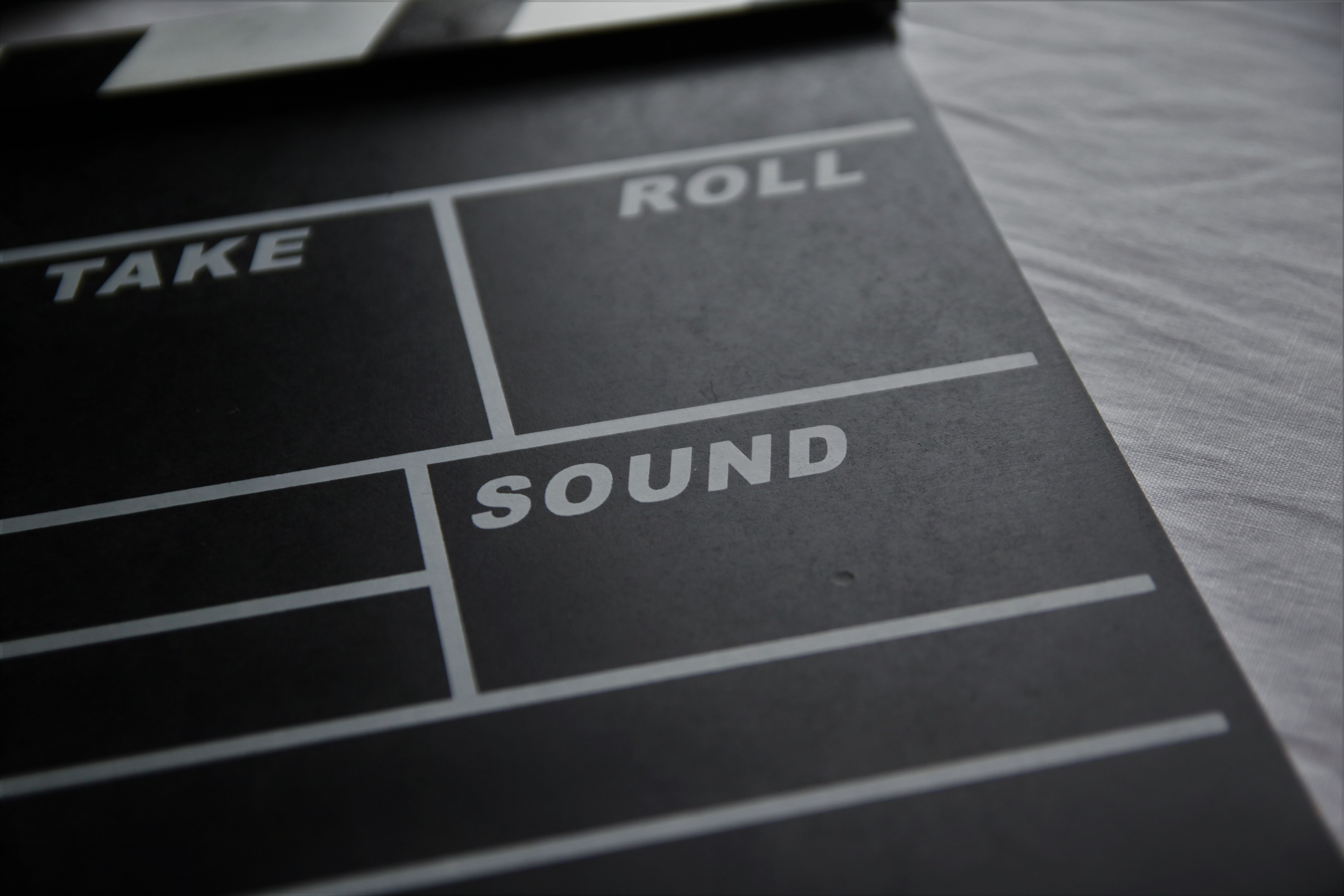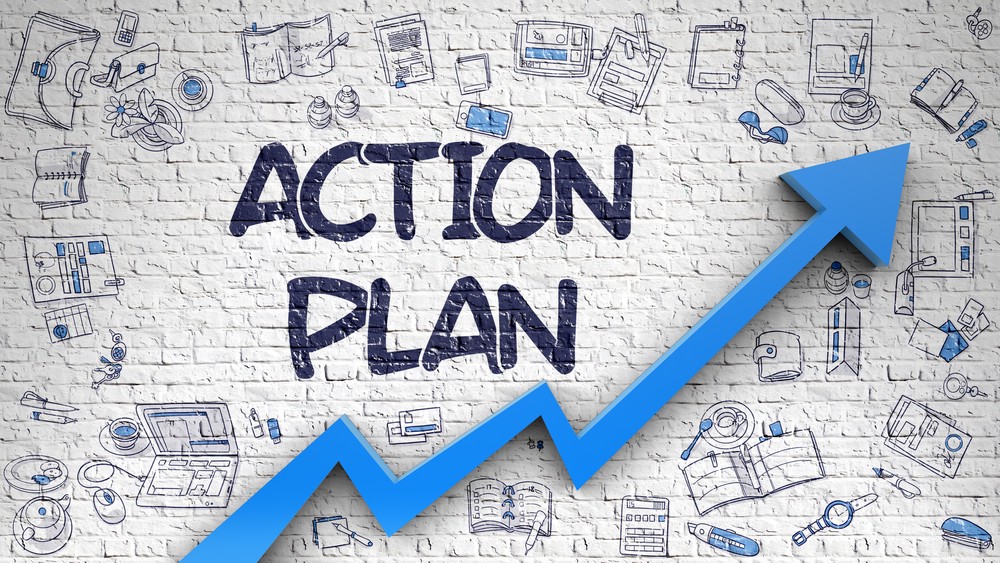1. What policy instrument are you going to influence with your Action Plan?
We are targeting the Cultural Heritage Report, in Danish called Kulturhistorisk Redegørelse. The Cultural Heritage Report is part of the general Municipal Plan of Aarhus which is the overall regulating plan for the city’s development. The thing is that we wish to strengthen the importance of water-linked cultural heritage in the Report. The current Cultural Heritage Report operates with themes called ‘Coastal Environments’ and ‘Industrial Landscapes’. This is why we wish to add such a theme called ‘Waterfronts of Aarhus’ (covering three sites of the WaVE project, The River Aarhus, The Aarhus Urban Coastline and The Old Industrial Harbour).
However, it is now decided that the Cultural Heritage Report will not be revised in its total scope before, at the earliest, 2025 when the Municipal Plan as such is due for revision. In 2022 the City Council will determine the strategy for revision of the Municipal Plan and as a part of this the Council most likely will consider how to make a revision of the Cultural Heritage Report, in total or partially. The water-related heritage sites are expected to be included as one of the foci in this strategic document.
We think this is an urgent matter because sites, buildings, and plots of land near the selected sites face transformation, in some cases demolition and other kinds of threats due to rapid re-development and urbanization of left-over industrial areas.
2. How many actions does your Action Plan consist of? Would you briefly illustrate them?
We have only one action and that is to achieve or prepare for the inclusion of the theme Waterfronts of Aarhus in the Cultural Heritage Report. To get there we engage with municipal planners and the local heritage board to exchange knowledge and practice.
On the other hand, we have a number of supporting actions that will help us achieve this goal. We are pushing for a re-evaluation of the existing themes of the Report, adding content to district development plans of the areas, and we are addressing the heritage values of the properties that belong to the areas of these themes in the Cultural Heritage Report. To illustrate the latter, we have mapped and evaluated all properties of The Aarhus Urban Coastline according to a newly developed method. This method adapts learnings from the status quo-analysis and the stakeholders views of the areas that we produced in the early stages of WaVE. The mapping and evaluations are published on a Wikimedia technology-based website.
I would also like to mention two other supporting actions. We wish to create a larger awareness of the cultural heritage in the proximity of water in Aarhus among politicians, planners, citizens, and stakeholders. Therefore, we have launched a set of tools based on storytelling and communication initiatives that were inspired by WaVE partners. The toolbox will consist of an encyclopaedical website, physical info signs and newspaper articles-series in which public participation is key.
The cityscape itself does not tell stories; human beings do. By shaping urban spaces in a way that activates both citizens and tourists in a collective storytelling journey of the past, we can assist in generating new and innovative ways of promoting businesses and attractions while embracing the local importance of heritage related to the sea and river. Working with storytelling in the public spaces of the city is an affordable and sustainable way of generating growth and interest in the city.
3. What lessons learned /good practices have inspired the development of the Action Plan?
We have learned a lot from all partners, I would like to say. To mention a few practices, I can highlight the Blue Routes Guide of Alicante. This guide covers water-linked sites in the region and has given us inspiration on communication and branding through both physical and digital products.
The Municipality of Ravenna also demonstrated a new line of physical signs at the canals of Darsena that tell site-specific stories of poetry and novels from and about Ravenna throughout history. The signs combine printed information, QR barcodes and websites.
4. What was the greatest difficulty in developing the Action Plan?
I think it was waiting! You are eager to get to making the Action Plan, but you must be patient and engage in talks with partners, local stakeholders, owners of the policy instruments etc. An Interreg project is a learning process and the more you can learn, the better your Action Plan gets and the more impact you get on future development, investments and wellbeing of your city or region.
5. What is the biggest accomplishment reached so far? What are you most satisfied with?
I am very happy with the website and the historical descriptions of buildings and areas that we share on it. And this is because it is based on a new method and is so rich in information that it will be a real asset in policymaking in the future.
